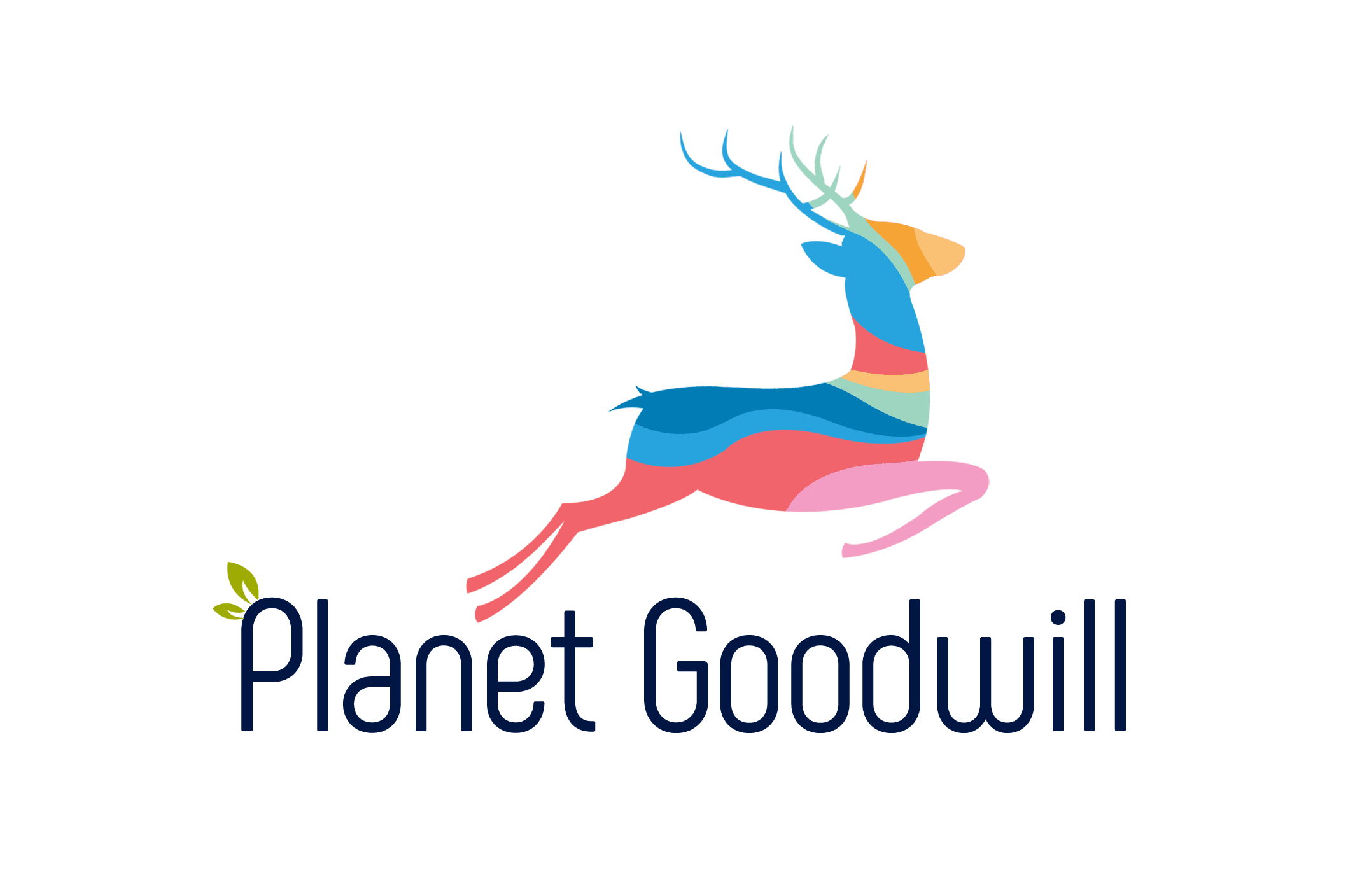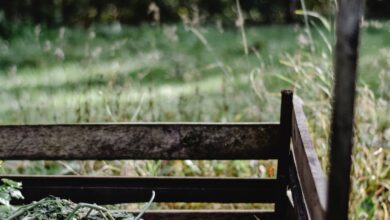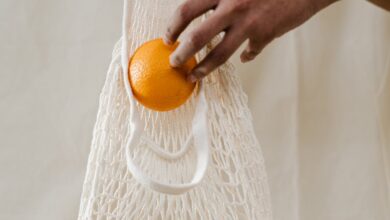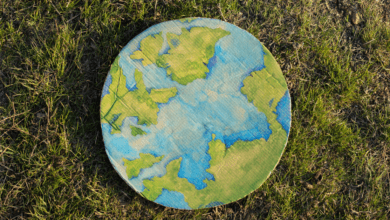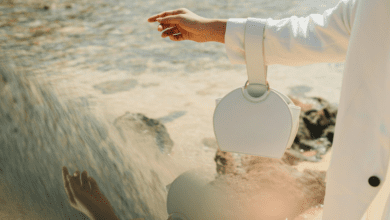Sustainability
6 Fashion Companies Recycling Waste and Unusual Materials
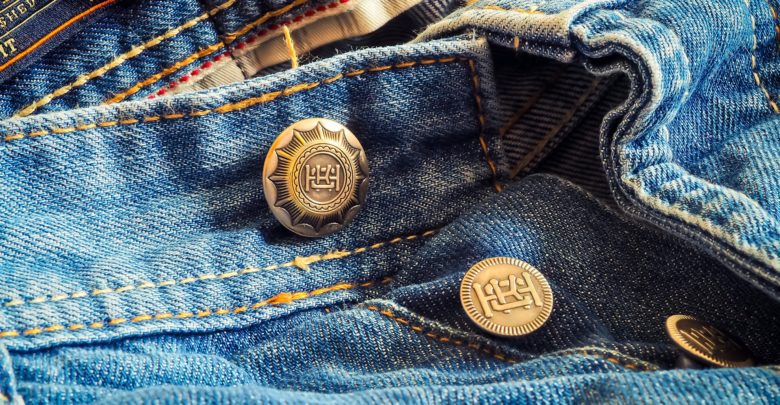
- Ananas Anam - Made with Pineapple Leather
- New Madewell Jeans – Made with Shrimp Shells
- Malai Vegan Leather – Made from Coconut Water
- Gumshoe Amsterdam – Made from Chewing Gum
- Rothy’s Shoes – Made from Plastic Bottles
- Wintervacht – Made from Old Blankets and Curtains
Many companies in the fashion industry are turning towards more sustainable practices to produce high-quality and trendy fashion clothing and accessories while still doing their part for the environment. From discarded plastics to pineapple fibers, these six businesses are recycling waste into stylish clothing and accessories.
Recycling Waste Into Wearable Clothing
Ananas Anam – Made with Pineapple Leather
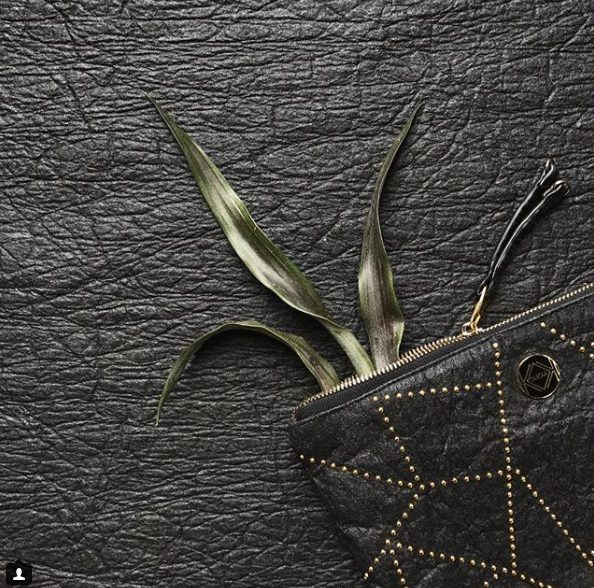
Known as Piñatex, this leather alternative from Ananas Anam Ltd. is made out of the fiber of pineapple leaves is sustainably sourced and completely cruelty-free. With a low impact on the environment, you can feel good about your purchase. Piñatex is designed to be a green replacement for mass-produced leather and synthetic materials that produce pollutants and waste.
The company uses what they call a CradletoCradle approach, an improvement process that examines and enhances a product in five ways: material health, material reutilization, renewable energy and carbon control, water supervision and management, and social fairness.
Fashion clothing and accessories sold with Piñatex include shoes, boots, bags, jackets, furniture, and more. products made with Piñatex are durable, versatile, and eco-friendly since the material is made from the discarded leaves of the pineapple plant.
The production of this leather alternative also provides benefits for farmers, such as pineapple farms in the Philippines. So not only can you look great, but you’ll know that your purchase is doing good for rural communities and the environment, too.
New Madewell Jeans – Made with Shrimp Shells
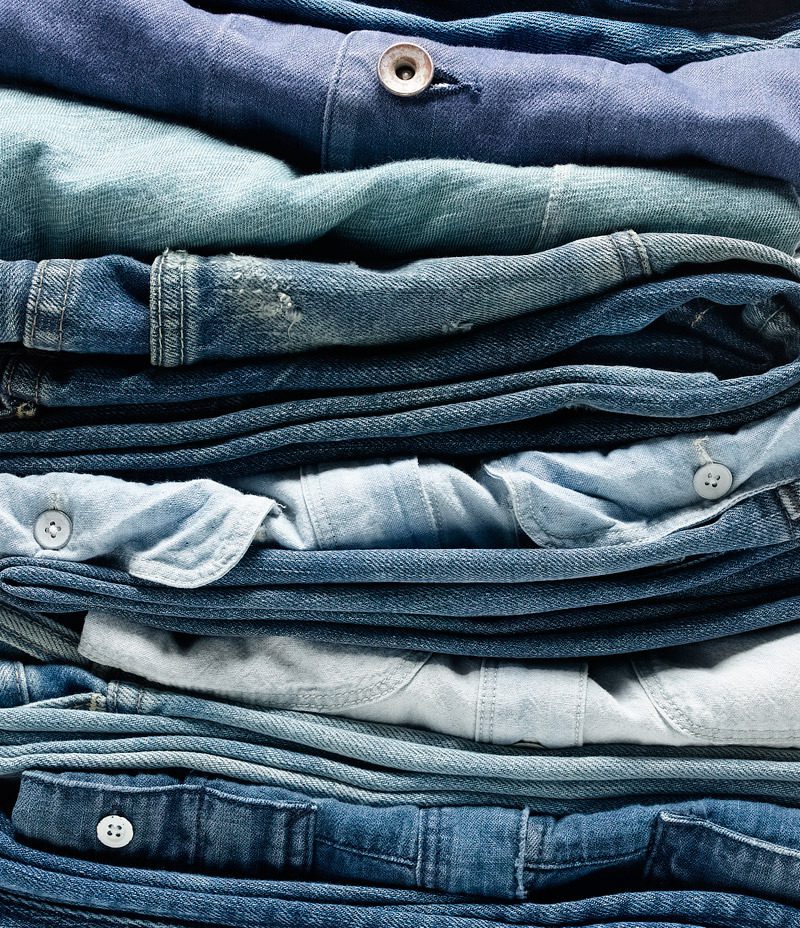
While most people discard shrimp and lobster shells as waste, Madewell launched an eco-friendly denim alternative using the fibers from the crustacean shells to dye their jeans. Kitotex is a material made from chitosan, a biodegradable material found in shrimp and lobster shells, and helps dye the fabric. It results in a 90 percent decrease in energy consumption, plus, using Kitotex replaces chemicals usually used in the denim-making process.
The Saitex factory that Madewell uses to manufacture their jeans recycles 100 percent of the water they use in production, prioritizes clean energy methods such as solar power, and even uses their excess manufacturing waste to create bricks for affordable housing.
The Eco Edition denim collection on their website is all made with organic cotton (from GMO-free seeds) and comes in a variety of styles to fit any body type from petite to plus. The added stretch means these jeans move with you, and you can order the jeans in a petite, regular, or tall inseam for the best fit.
Malai Vegan Leather – Made from Coconut Water
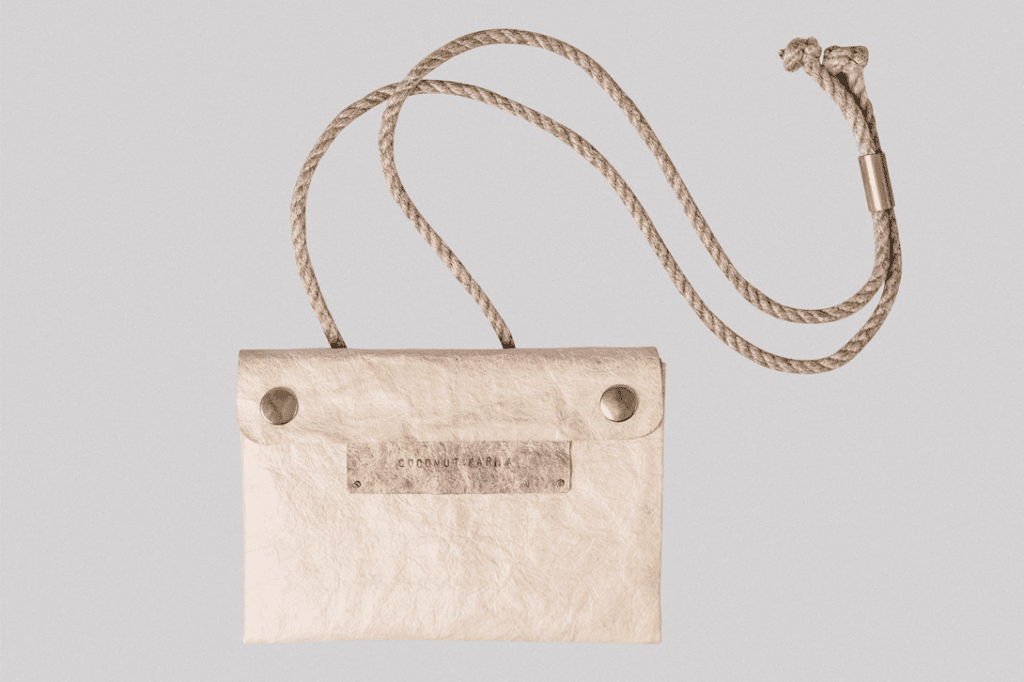
Malai, which means “cream of the crop” or “milkfat” in a North Indian language, is a material made from bacterial cellulose and coconut water waste. Also, unlike some vegan leather products, Malai does not use any plastic coatings or potentially harmful synthetic ingredients.
Not only is Malai flexible and durable, but it can also be made in a variety of textures and thicknesses so it is ideal for purses and bags. If you take good care of your bag, it should last you many years. It’s even water resistant, unlike expensive and unsustainable leather bags. The material is even compostable.
Gumshoe Amsterdam – Made from Chewing Gum
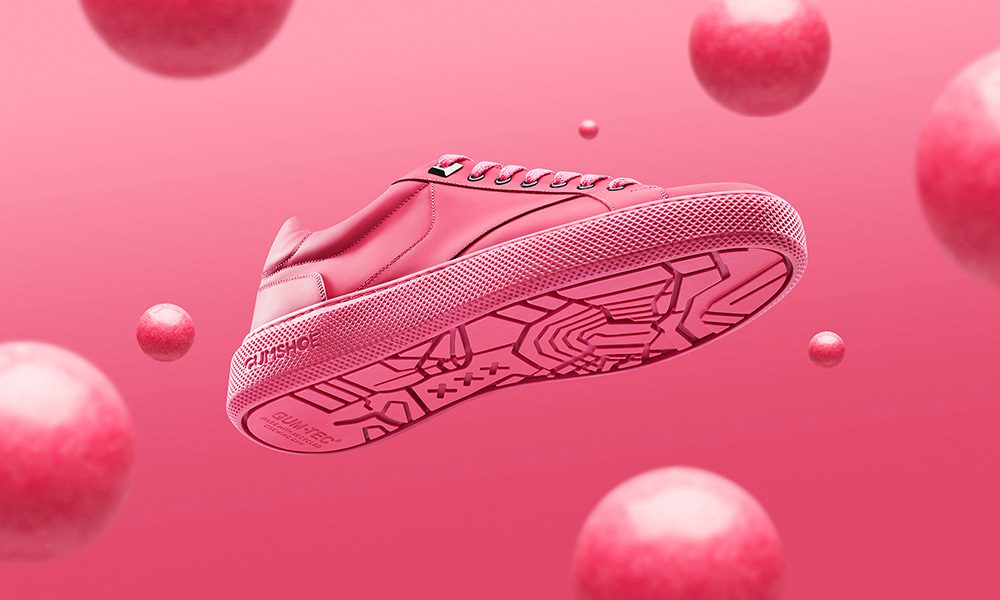
Head down any street in a major city and you’re bound to see chewing gum stuck everywhere along the ground, run over by cars, bicycles, or stepped in by unlucky pedestrians. Not only is this scene unsightly, but it takes 20-25 years for that gum to break down. Gum litter is a big problem, and the creative minds behind Gumshoe Amsterdam are doing something about it.
Gum-Tec is a sustainable material and rubber alternative made from discarded chewing gum waste. Teaming up is a trio of eco-friendly businesses and organizations: city marketing team Iamsterdam, Explicit Wear designers, and the green company Gumdrop which picks up and recycles old gum.
The result? Gumshoe sneakers, the very first shoes made from recycled chewing gum. Right now, you can buy two different styles at €199,95 each. Not only do these shoes look great, but these companies are also raising awareness about gum litter and hopefully, helping to keep the streets clean.
Rothy’s Shoes – Made from Plastic Bottles
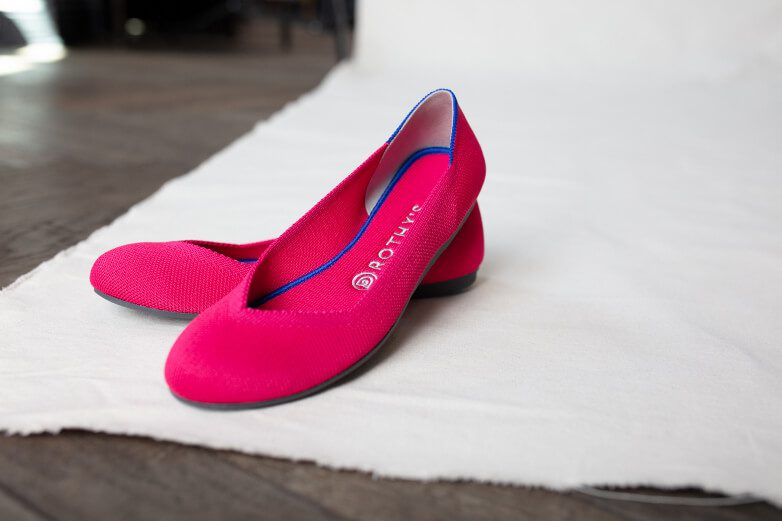
What’s better than doing your part for the environment? Looking and feeling good at the same time. Rothy’s is a San Francisco-based company that recycles plastic water bottles and makes them into comfortable footwear that is also fun and stylish.
These women’s shoes are designed to be worn all day and they still provide maximum comfort. Rothy’s are sustainable, lightweight, and machine washable. The eco-friendly sole is made from carbon-free rubber and each pair is super lightweight, perfect for travel.
There are five basic styles for women and girls: the flat, the point, the loafer, the sneaker, and the girls’ loafer. Each style has a wide variety of colors and chic patterns designed to fit every lifestyle. Not only is Rothy’s a company focused on sustainability and environmentally friendly practices, but they are also dedicated to empowering young girls.
Wintervacht – Made from Old Blankets and Curtains
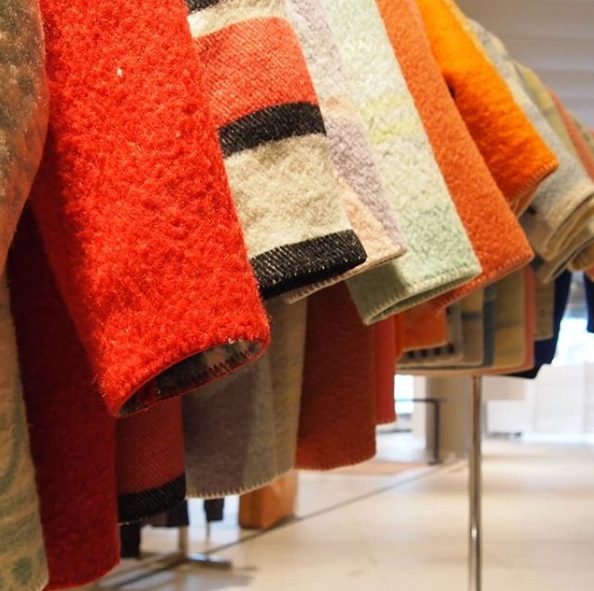
Wintervacht is a company making fashionable winter coats and accessories out of old blankets and curtains. Recycling these discarded textiles from across the Netherlands that were otherwise unwanted, this company is producing eco-friendly coats and jackets in a variety of trendy styles.
Yoni van Oorsouw and Manon van Hoeckel, the visionaries behind Wintervacht, met in design school. The blanket coat idea came up during a sewing lesson taught by Yoni’s mother. Not only was it a great way to keep warm during a cold winter, but a blanket coat was both functional and unique.
The bright, bold designs and colors are inspired by vintage patterns and each handmade coat is really one of a kind. Wintervacht is now partnered with high-end fashion company Studio RYN, and design students have the opportunity to study entrepreneurship in practice.
All these companies are doing their part for the environment by recycling waste to create sustainable fashion.
Recycling Waste and Unusual Materials FAQs
Q1. What materials are recyclable for fashion?
A1. Several materials used in the fashion industry can be recycled. Some common recyclable materials include:
- Cotton: Old clothing made of cotton can be recycled into new textile fibers.
- Polyester: Polyester garments can be mechanically or chemically recycled into new polyester fibers.
- Nylon: Nylon garments can be recycled into new nylon yarns and fibers.
- Wool: Wool clothing can be recycled into new wool fibers or repurposed for various applications.
- Denim: Denim jeans and jackets can be recycled into new denim or upcycled for different purposes.
- Leather: Leather waste can be recycled into new leather products or processed for other applications.
Q2. How do you recycle waste from the fashion industry?
A2. Recycling waste from the fashion industry involves various processes, including:
- Sorting and Separation: Waste materials are sorted based on their composition, such as cotton, polyester, or other fibers.
- Shredding and Pulping: Garments are mechanically shredded and broken down into small fibers or pulps.
- Reformation or Melting: The shredded fibers are reformed into new textile fibers or melted down to create new materials.
- Spinning and Weaving: Recycled fibers are spun into yarns and woven or knitted to create new fabrics.
- Manufacturing: The recycled fabrics are then used to produce new clothing or other fashion items.
Q3. What are the waste issues in the fashion industry?
A3. The fashion industry faces several waste issues, including:
- Textile Waste: The disposal of large quantities of unused or discarded textiles contributes to environmental pollution.
- Production Waste: Excessive fabric scraps, cut-offs, and production leftovers generate significant waste during manufacturing processes.
- Fast Fashion: The fast-paced production and consumption model lead to excessive production, resulting in high levels of unsold inventory and waste.
- Non-Biodegradable Materials: The use of synthetic materials, like polyester and nylon, contributes to long-lasting waste that is slow to degrade in the environment.
Q4. How much material is wasted in the fashion industry?
A4. The exact amount of material wasted in the fashion industry is challenging to quantify accurately. However, studies suggest that a substantial amount of clothing and textile waste is generated each year. For example, in 2018, the Ellen MacArthur Foundation estimated that the fashion industry produced approximately 92 million tons of waste annually, including textile production waste, post-consumer waste, and unsold inventory. These waste figures highlight the need for sustainable practices and recycling initiatives to reduce the environmental impact of the fashion industry.

